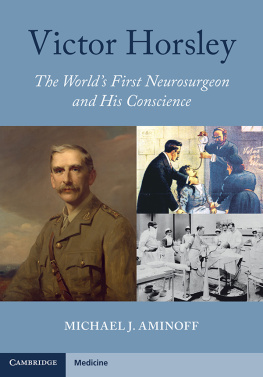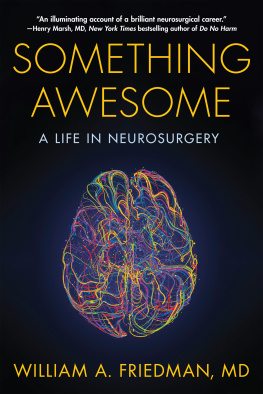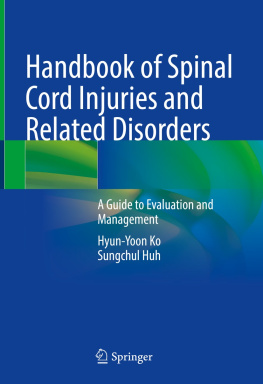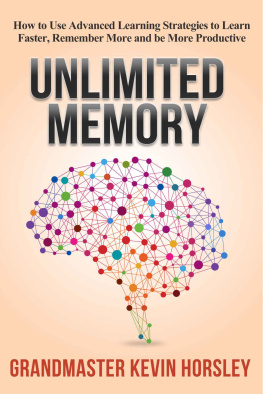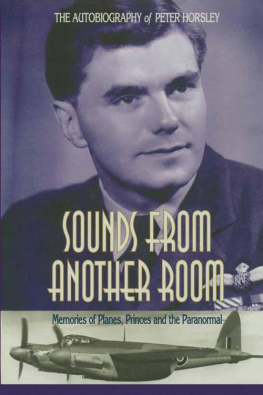University Printing House, Cambridge CB2 8BS, United Kingdom
One Liberty Plaza, 20th Floor, New York, NY 10006, USA
477 Williamstown Road, Port Melbourne, VIC 3207, Australia
314 321, 3rd Floor, Plot 3, Splendor Forum, Jasola District Centre, New Delhi 110025, India
103 Penang Road, #05 06/07, Visioncrest Commercial, Singapore 238467
Cambridge University Press is part of the University of Cambridge.
It furthers the University s mission by disseminating knowledge in the pursuit of education, learning, and research at the highest international levels of excellence.
www.cambridge.org
Information on this title: www.cambridge.org/9781316513088
DOI: 10.1017/9781009071734
Michael J. Aminoff 2022
This publication is in copyright. Subject to statutory exception and to the provisions of relevant collective licensing agreements, no reproduction of any part may take place without the written permission of Cambridge University Press.
First published 2022
A catalogue record for this publication is available from the British Library.
Library of Congress Cataloging-in-Publication Data
ISBN 978-1-316-51308-8 Hardback
Cambridge University Press has no responsibility for the persistence or accuracy of URLs for external or third-party internet websites referred to in this publication and does not guarantee that any content on such websites is, or will remain, accurate or appropriate.
Every effort has been made in preparing this book to provide accurate and up-to-date information that is in accord with accepted standards and practice at the time of publication. Although case histories are drawn from actual cases, every effort has been made to disguise the identities of the individuals involved. Nevertheless, the authors, editors, and publishers can make no warranties that the information contained herein is totally free from error, not least because clinical standards are constantly changing through research and regulation. The authors, editors, and publishers therefore disclaim all liability for direct or consequential damages resulting from the use of material contained in this book. Readers are strongly advised to pay careful attention to information provided by the manufacturer of any drugs or equipment that they plan to use.
Neurosurgery saved the life but sadly
not the person of Monique Aminoff.
She therefore died not once but twice.
This book is dedicated to her memory.
It is also dedicated to my father,
Abraham S. Aminoff,
whose love and support of her never faltered.
Preface
Historians encounter Horsley s name in many different contexts, but he is now largely forgotten by a public that owes him a great deal. His life was one of paradoxes, shaded by nuances and crises that varied with the circumstances. He was born in England in 1857 and, as a young surgeon-scientist, became the superintendent of the premier institution for advanced medical research in Britain. In this capacity, he helped to define the then-unknown function of the thyroid gland, examined the cause of rabies and the means to eliminate it from Britain, and studied the localization of function in the brain. The experience gained in the laboratory enabled him to construct a new clinical specialty, that of neurosurgery. He showed that operations on the brain could be accomplished safely and effectively, and was the first surgeon to devote most of his time to the nervous system, an area of the body then largely unexplored. He thus became a celebrity, a famous doctor with the only major established and successful neurosurgical practice in the world. It seemed he could do no wrong until he fell out of favor with his colleagues who felt threatened by his social activism and began a professional boycott that caused his clinical practice to wither. What manner of man, widely admired by so many, aroused such passion among his colleagues?
In his later years, he turned increasingly from clinical work, using his fame and influence to promote social causes and devoting more time to medical and national politics.

